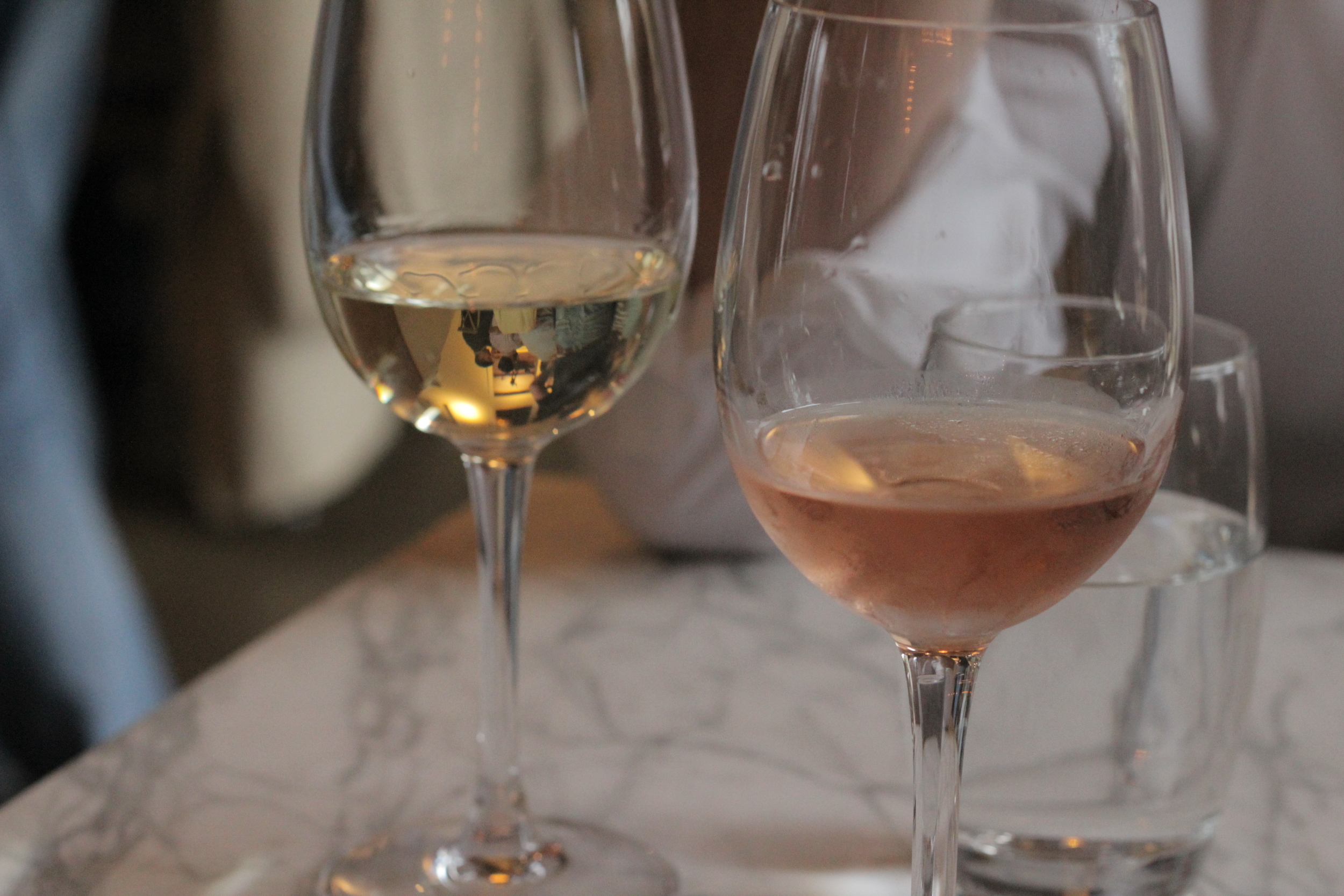Mother Nature is rarely a predictable force, and that adage certainly holds true for winemakers. Beyond the travails of adverse weather, erosion, and climate change, there are myriad fauna and diseases that pose great risks for vineyards.
Discussed below are several of the most common, and problematic, pests and diseases in the vineyard.
Phylloxera
Perhaps the most infamous pest is the tiny aphid-like insect, phylloxera. Phylloxera wreaks havoc by:
- attacking the root system of a grapevine,
- cutting off the flow of water and nutrients,
- eventually killing the vine.
In the late 1800s this tiny terror was transported to Europe from North America by well-meaning botanists interested in native American plants. Within 30 years, phylloxera had spread across Europe and devasted the non-resistant vitis vinifera grapevines planted there. Many researchers estimate that up to 90% of vineyards were destroyed during this time. Thankfully, at the end of the century scientists discovered that grafting vitis vinifera onto the naturally resistant rootstock of native American grape varieties stopped the spread of this plant lice.
While this method has remained largely successful for 100+ years, phylloxera still rears its ugly head occasionally, such as in California in the late 1980s. Researchers are continually developing new, more effective rootstocks to hopefully outmaneuver this tricky aphid once and for all.
Xylella Fastidiosa
Another family of insects, the sharpshooters, poses a great threat to grapevines as a primary vector of the bacteria, Xylella fastidiosa, which leads to Pierce’s Disease.
- This bacterium causes a gel to form in the xylem of the vine, preventing water from being distributed throughout the plant. The resulting Pierce’s Diseases causes hydric stress, which can kill the vine in 1-3 years.
While the disease is endemic in northern California, it became a serious threat throughout the state with the discovery of the glassy-winged sharpshooter (native to the southeastern United States) in southern California in the 1990s. This species of sharpshooter has proved a much more effective transmitter of the baceterium than other native species. The wine industry of California’s South Coast was especially ravaged by Pierce’s Disease in the 1990s. Research has focused on breeding resistance into grapevines utilizing naturally resistant species of Muscadine grapes.
Oidium
Powdery Mildew or oidium is one of the most widespread fungal diseases of grapevines in the world. Caused by the fungus Uncinula necator, Powdery Mildew manifests itself as a grey-white powdery substance covering the vine. If untreated, there is the risk of serious crop loss and impairment of quality in the resulting wines. Fungicides and sulphur treatments are very effective against Powdery Mildew and planting vineyards in areas that allow maximum aeration is key to resistance.
Botrytis Cinerea
Finally, and perhaps the most intriguing of grape maladies, is infection by the fungus Botrytis cinerea.
- In very wet conditions, botrytis presents itself as the devastating grey rot, which generally compromises the grape cluster.
- However, if dry conditions follow wet conditions botrytis can have the magical effect of removing water from the grapes, resulting in some of the most legendary of all dessert wines, such as Sauternes from Bordeaux and Germany’s Trockenbeerenausleses.
Today in the viticultural world we are seeing an increased focus on organic and biodynamic practices resulting in stronger, more resistant vines. These practices combined with ongoing research promise a bright future for wine. However, in the end Mother Nature will continue to keep winemakers on their toes as she has throughout history.






































































